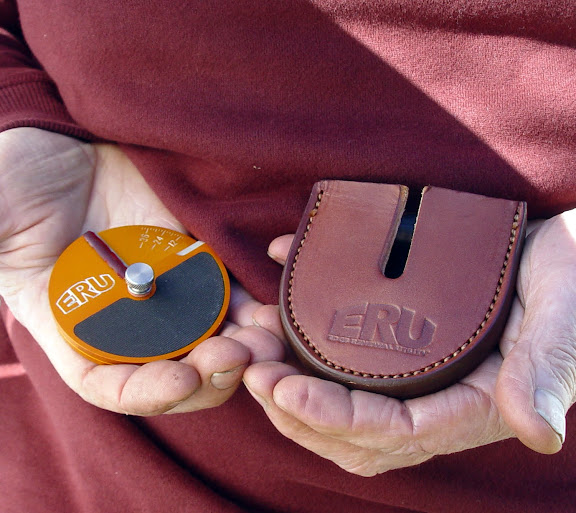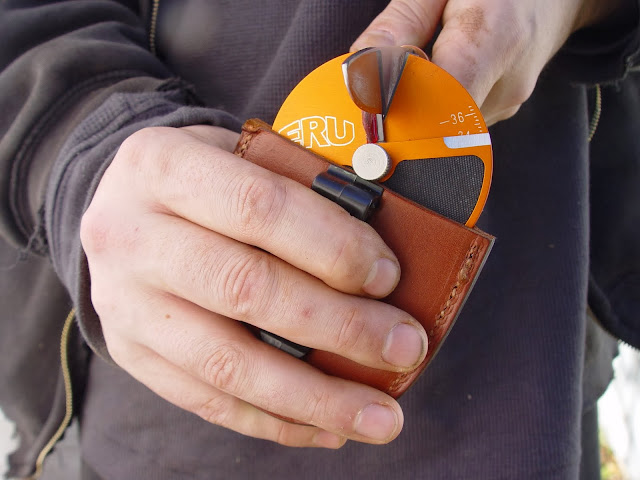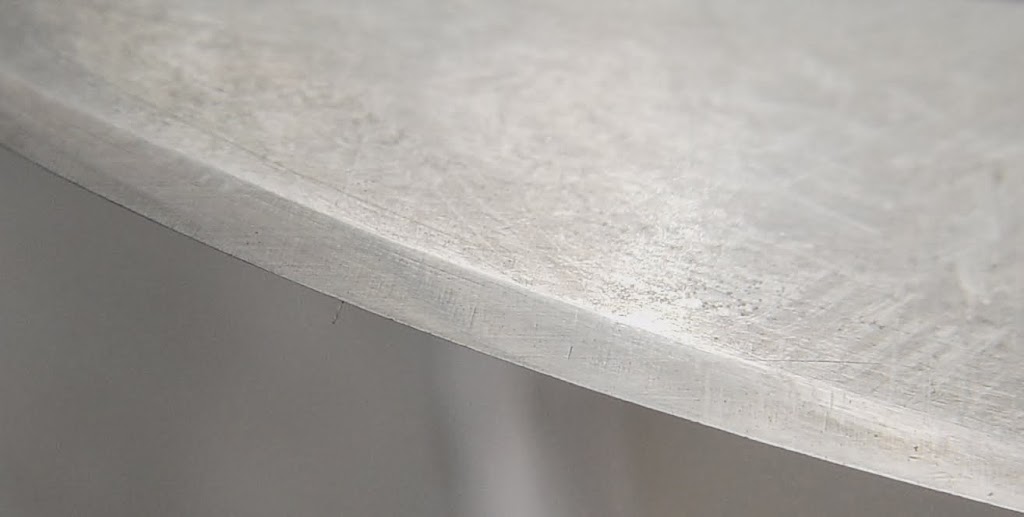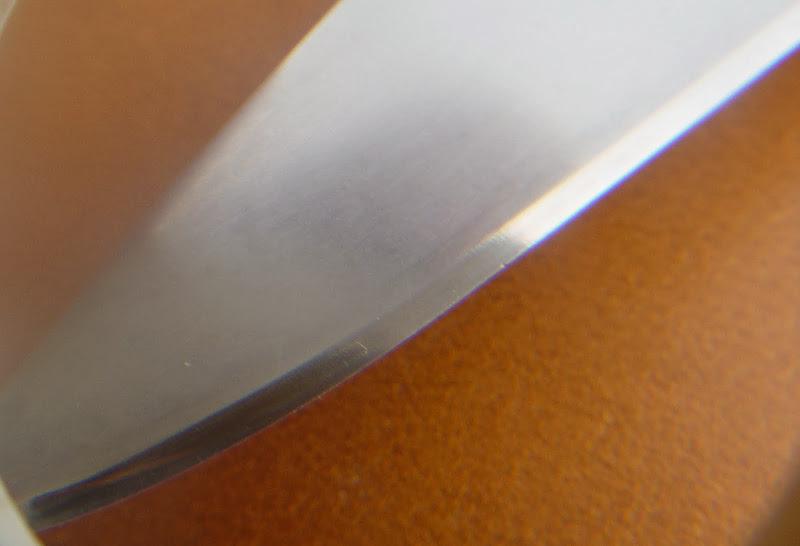Fred.Rowe
Knifemaker / Craftsman / Service Provider
- Joined
- May 2, 2004
- Messages
- 6,848
What do you say to a handheld adjustable tungsten carbide knife sharpener that can be set to sharpen every thing from a straight razor to an ax?
It is adjustable from 16 degrees inclusive to 40 degrees inclusive or any degree setting in between. The carbide faces are 95 HRC.
I spent a month going around measuring sharpening angles on pull through carbide and ceramic "V" sharpeners. Not a singe one had an inclusive sharpening angle less than 29 degrees with most being in the 30 to 35 range. These angles are fine for cleaning up the edge on an ax, but not so much for a 20 degree, kitchen slicer or 24 degree hunter edge.
So after a little hair pulling, pencil sharpening, coffee drinking a few thousand dollars, this is my solution.
To me its the perfect solution, filling the need for an adjustable field sharpener that will adjust to any sharpening angle and can be carried in the palm of your hand.
Coming up with a sharpener that could be adjusted to sharpen scandi ground blades was a priority. At 24 degrees inclusive it will sharpen bevels 15/16 inches high.
It can be clamped in a vise or held securely in its sheath/protective holder.
This is not a sales thread; we will be machining in Jan. 2014 and they will be available then; I'll post here on BF when we get them run.
ERU stands for "edge renewal utility".
Fred


The sharpener is made to be used, held in its holder, to protect your fingers.

Trying to get a better example of an edge done with the ERU. This blade is a forged 1084 that I made and carry every day. Its only seen the ERU for a year and a half. If done with good technique this carbide "V" sharpener will keep a great working edge on most all your knives. This is a 24 degree edge with a 28 degree micro bevel. The micro can be seen in the middle of the bottom pic.



It is adjustable from 16 degrees inclusive to 40 degrees inclusive or any degree setting in between. The carbide faces are 95 HRC.
I spent a month going around measuring sharpening angles on pull through carbide and ceramic "V" sharpeners. Not a singe one had an inclusive sharpening angle less than 29 degrees with most being in the 30 to 35 range. These angles are fine for cleaning up the edge on an ax, but not so much for a 20 degree, kitchen slicer or 24 degree hunter edge.
So after a little hair pulling, pencil sharpening, coffee drinking a few thousand dollars, this is my solution.
To me its the perfect solution, filling the need for an adjustable field sharpener that will adjust to any sharpening angle and can be carried in the palm of your hand.
Coming up with a sharpener that could be adjusted to sharpen scandi ground blades was a priority. At 24 degrees inclusive it will sharpen bevels 15/16 inches high.
It can be clamped in a vise or held securely in its sheath/protective holder.
This is not a sales thread; we will be machining in Jan. 2014 and they will be available then; I'll post here on BF when we get them run.
ERU stands for "edge renewal utility".
Fred
The sharpener is made to be used, held in its holder, to protect your fingers.
Trying to get a better example of an edge done with the ERU. This blade is a forged 1084 that I made and carry every day. Its only seen the ERU for a year and a half. If done with good technique this carbide "V" sharpener will keep a great working edge on most all your knives. This is a 24 degree edge with a 28 degree micro bevel. The micro can be seen in the middle of the bottom pic.
Last edited:
